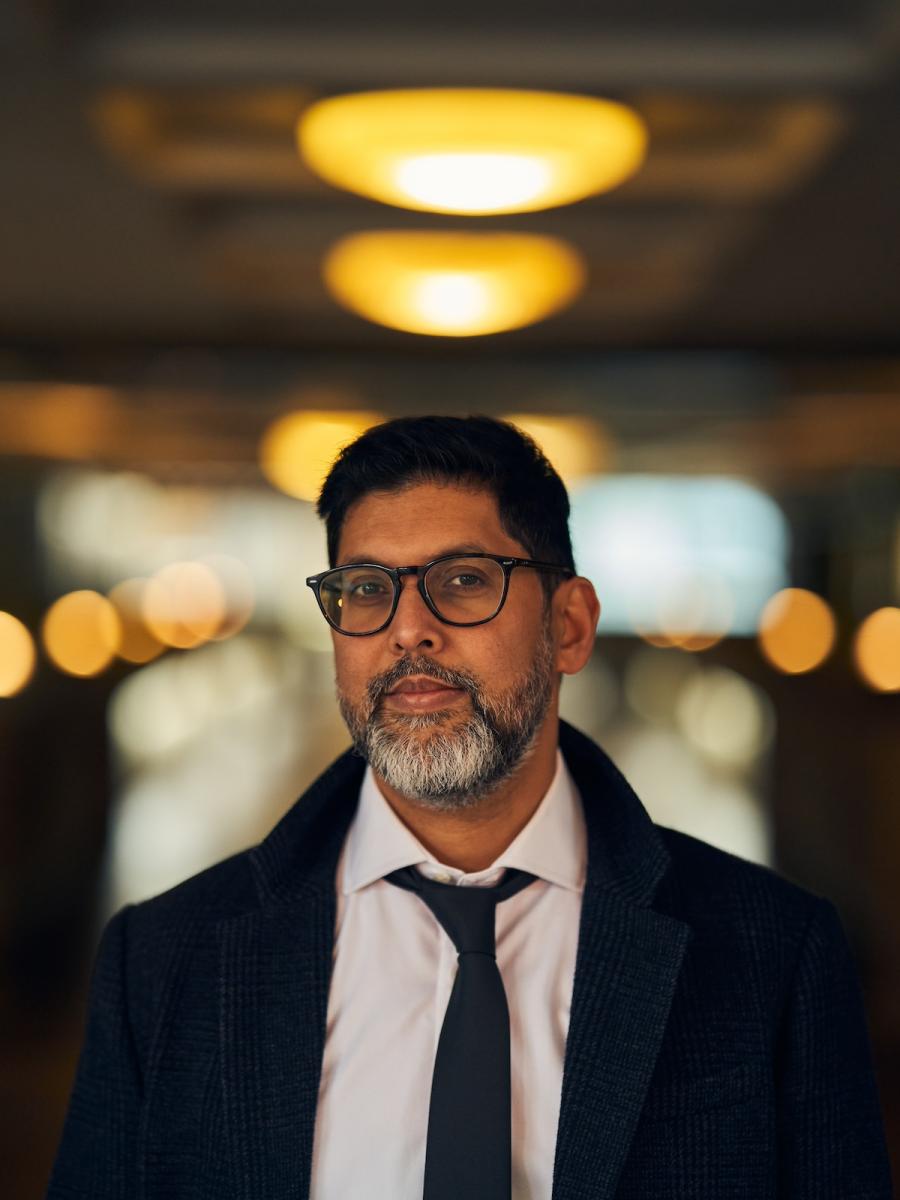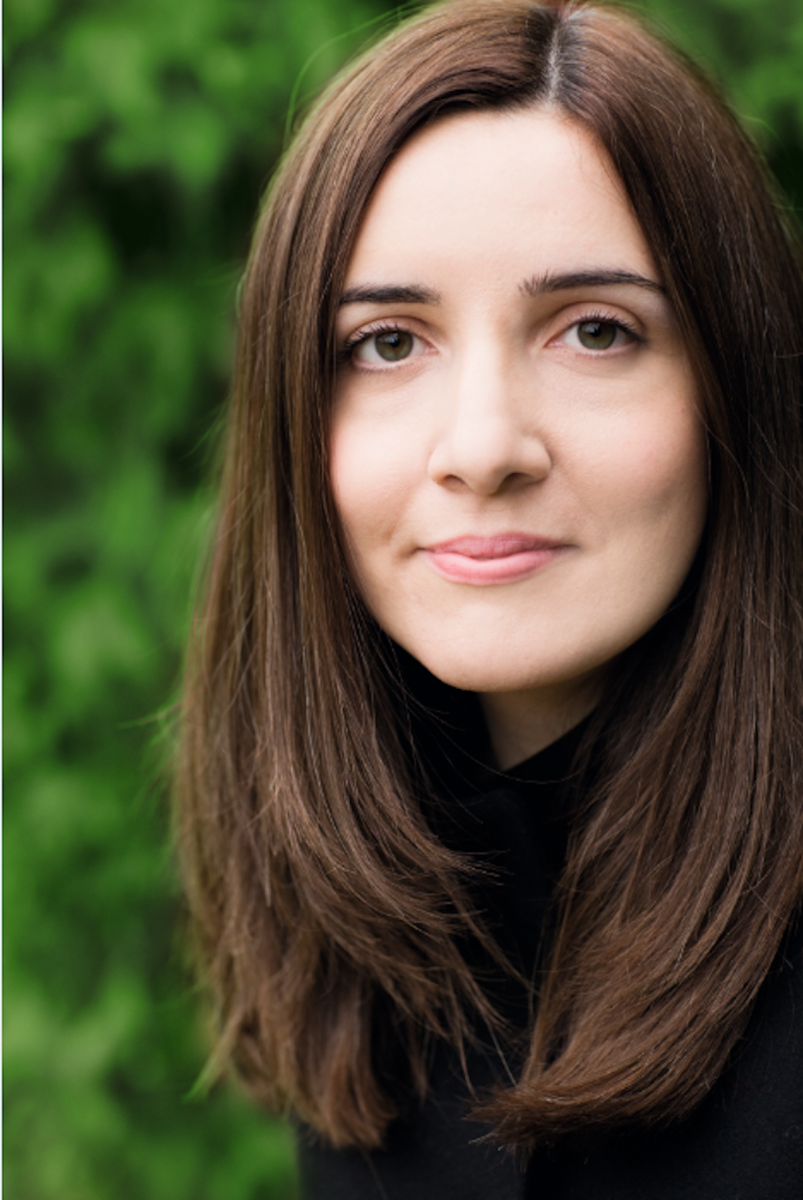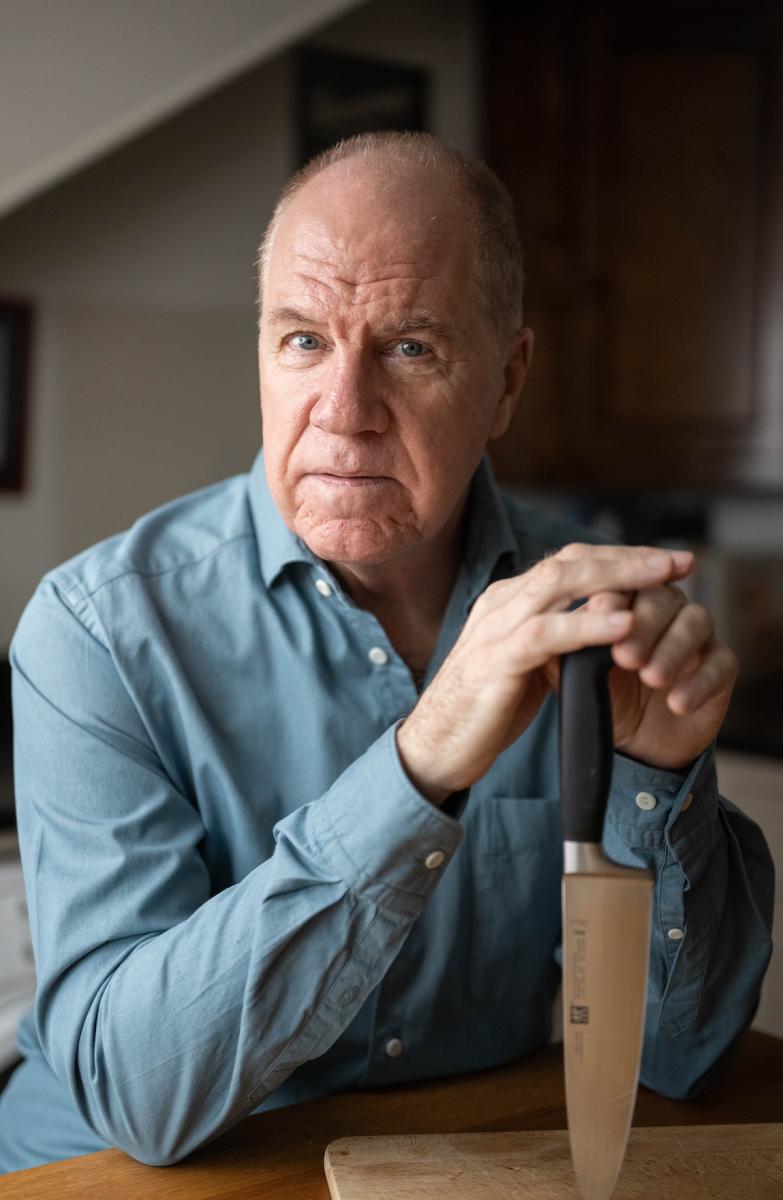This wonderful Cornish workshop and museum is dedicated to the legacy of studio pottery trailblazer Bernard Leach
The art of writing the perfect ‘whodunnit’
The art of writing the perfect ‘whodunnit’
18 Jul 2024
Ever wanted to write a crime novel? As Britain’s annual crime writing festival opens, we uncover some top leads
Inspired by this month’s Theakston Old Peculier Crime Writing Festival in Harrogate, we asked Arts Society Lecturer Richard Burnip to spill the ink on the art and history of penning the perfect crime novel.
From winning formulas to eccentric protagonists, Richard lifts the lid on the cunning approaches this beloved literary medium needs in order to fly. To discover what he had to say, see our summer issue of The Arts Society Magazine for the full feature.
To add to Richard’s fascinating article, three leading crime novelists – Abir Mukherjee, Jane Casey and Orlando Murrin – have also revealed their top leads for budding crime writers.
This is what they had to say…
 Stuart Simpson
Stuart Simpson
Writing tips from Abir Mukherjee
Abir is The Sunday Times bestselling author of the award-winning Wyndham and Banerjee crime novels
Read a lot.
The crime genre is huge, covering everything from golden age mystery fiction to psychological thrillers and cutting-edge stuff involving AI detectives. Read as widely as you can. You’ll be amazed what you can learn about plot and structure.
Write a lot. Experiment with different styles, points of view and story lengths. It’s all great experience.
Find what works for you. Be yourself. Write your story. Don’t just jump on the latest fad, write from the heart. That way your novel will have an energy that no one else can bring to it.

Top clues from Jane Casey
Jane is the internationally bestselling creator of 11 crime novels, with her Maeve Kerrigan series winning multiple awards
Crime readers are highly sophisticated and intelligent, so don’t be afraid to experiment with the genre – you don’t have to stick to a familiar formula to tell your story.
However, there’s one rule you mustn’t break and one rule I wouldn’t break.
The first: come up with a proper ending. Justice may or may not be done, but if you fade out without answering the fundamental question posed by the plot, it will count as a failure and you’ll disappoint readers.
My second: don’t kill off any animal characters. You’ll never be forgiven.
 Matt Austin
Matt Austin
Leads from Orlando Murrin
Orlando is president of the Guild of Food Writers and presents the BBC Good Food podcast with Tom Kerridge. His first crime novel, Knife Skills For Beginners, set in a cookery school, is out now
Murder and mystery run in the family – my grandfather was a detective, later a spy-catcher, and as kids we were regaled with stories of cunning crimes and felons outwitted.
I always dreamed of writing a crime novel; when I hit 60 it was now or never. Writing a first novel is a supreme act of faith: months of work, which may never get published. As a food writer I’m used to writing in short bursts, but this required persistence, stamina and humility.
Budding crime novelists need to read voraciously and learn the craft via online and in-person courses. And keep the faith – you’ll get there in the end.
The Theakston Old Peculier Crime Writing Festival is on 18-21 July, Harrogate, Yorkshire; harrogateinternationalfestivals.com
Read Richard Burnip’s full feature in the summer issue of The Arts Society Magazine. The magazine is available exclusively to members and supporters of The Arts Society (to join see theartssociety.org/member-benefits)
About the Author
The Art Society
JOIN OUR MAILING LIST
Become an instant expert!
Find out more about the arts by becoming a Supporter of The Arts Society.
For just £20 a year you will receive invitations to exclusive member events and courses, special offers and concessions, our regular newsletter and our beautiful arts magazine, full of news, views, events and artist profiles.
FIND YOUR NEAREST SOCIETY
MORE FEATURES
Ever wanted to write a crime novel? As Britain’s annual crime writing festival opens, we uncover some top leads
It’s just 10 days until the Summer Olympic Games open in Paris. To mark the moment, Simon Inglis reveals how art and design play a key part in this, the world’s most spectacular multi-sport competition



